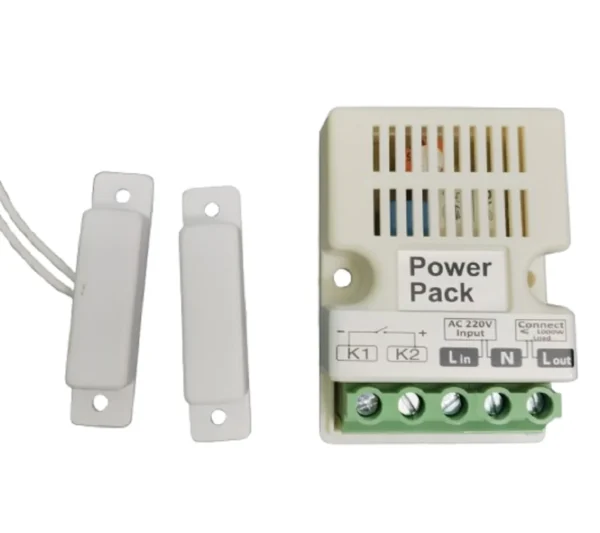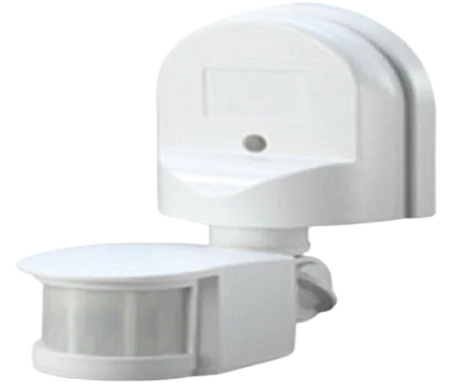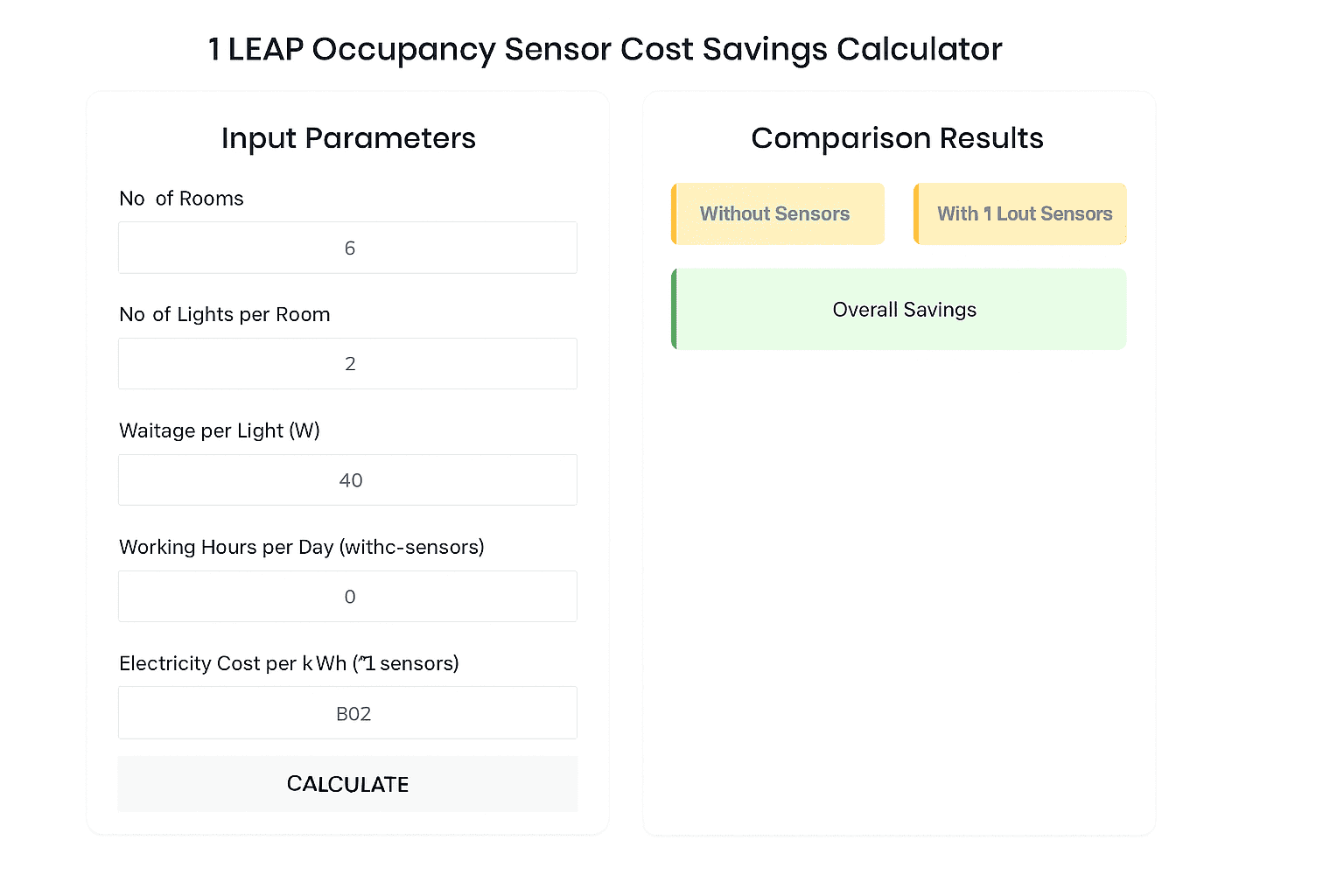Air Curtain Sensor – Intelligent Automation for Commercial, Industrial & Smart Facilities
As industries, commercial spaces, and smart buildings move toward higher efficiency and automation, the need for intelligent access control and energy-saving solutions has become more important than ever. An Air Curtain Sensor is an important element in modern HVAC and entrance automation systems, designed to activate air curtains only when doors open or when movement is detected. This creates a highly systematic barrier that prevents dust, insects, outdoor air, and temperature loss while optimizing the energy utilization. Whether it is merged into a warehouse, a retail entrance, a pharmaceutical production area, or a controlled laboratory, Air Curtain solutions supported with modern sensor technology greatly improve performance, safety, and hygiene. For businesses looking for clear control and expert supply, choosing the right Air Curtain Door Sensor Dealer In Delhi is important for making sure a product quality, system similarity, and long-term reliability.
Technology, Functionality & Performance of Air Curtain Sensors
How Smart Sensors Increases the Air Curtain Performance
An Air Curtain sensor operates on occupancy detection, door movement tracking, or proximity detection depending on its design. Traditional air curtains run continuously and waste energy when the door is closed, but sensor-based systems activate only when it is needed. Using passive infrared, microwave, or laser-based sensing, the system measures door activity in real time and sends signals to the controller. This makes sure that the Air Curtain operates immediately the moment someone enters or exits, maintaining internal climate stability and reducing the needless airflow. The result is a more energy-efficient and responsive solution that modify to traffic patterns automatically.
A reliable system is also about the controller, and working with the right Automatic Air Curtain Controller Dealer In Delhi makes sure that each installation is properly calculated to match the door size, opening speed, air velocity, and environmental demands. Modern controllers allow variable air speed, programmable timers, auto-start/stop functions, and combines with building management systems. These features allow users to reduce electricity consumption, maintain hygiene, and makes sure the comfortable indoor conditions—even in high-traffic environments.
Air Curtain Sensors Applications over Many Sectors
The demand for Air Curtain sensor-based automation has expanded over multiple industries due to compulsory obedience requirements, energy-saving capability, and improved workplace hygiene expectations. In airports, the system prevents hot or polluted air from entering air-conditioned terminals. In hospitality, it increases the guest comfort without obstructing entryways. In cold storage, sensors prevent condensation and temperature loss when doors open. Pharmaceutical, food, and chemical facilities depends on them to meet the hygiene and contamination protocols. Retail stores use Air Curtain sensors to keep insects and dust out while maintaining welcoming open doorways.
Industrial warehouses and logistics centers benefit from motion-based activation because doors are often large and some times open for long periods. With modern sensing, the system only captures when forklifts or personnel are detected, preventing massive energy loss. Hospitals and labs merge Air Curtains with door sensors to create invisible air barriers that reduce airborne pathogens, improve sterilization, and maintain pressure stability. All these examples show how widespread and needed smart Air Curtain solutions have become in professional environments.
Types Of Air Curtain Sensor

1L-AC-101S – Air Curtain Door Sensor
Discover our Air Curtain Door Sensor—engineered for precise door operation detection to enhance the performance and energy efficiency of air curtain systems.

1L-AC-101SB – Air Curtain Door Sensor Black
Upgrade your air curtain system with our precision-engineered Door Sensor. Designed for accurate door operation detection, it ensures optimal performance and improved energy efficiency.

1L-PS11 – Air Curtain Motion Sensor
Introducing the 1L-PS11 Air Curtain Motion Sensor—engineered for precise motion detection, ensuring seamless integration with your air curtain systems and improving energy efficiency and performance.
The Industry Advantages & Smart Automation Benefits
Energy Efficiency, Hygiene & Environmental Control
A key advantage of upgrading to a sensor-based Air Curtain is the reduction in energy wastage. Traditional systems run at full power for hours, but when integrated with automation, they can cut energy costs majorly. They maintain a stable indoor environment by forming a high-velocity air barrier that prevents conditioned air from escaping and unfiltered air from entering. In facilities with air conditioning or controlled temperatures, this is hugely valuable.
The hygiene benefits are equally important. Air Curtains block insects, dust, exhaust fumes, and airborne contaminants. They also helps organizations comply with HACCP, WHO, GMP, and food safety guidelines. Because the barrier is created by air pressure instead of a physical door, movement remains unrestricted while protection is maintained. This is particularly beneficial in restaurants, cold storage, cleanrooms, and laboratories where safety and obedience cannot be compromised.
Automation adds a new layer of intelligence. A properly installed system by an experienced Automatic Air Curtain Controller Dealer In Delhi which makes sure that performance is fully optimized. The system engages when motion is detected and shuts off automatically when not required. This improves both equipment life and cost efficiency, helping companies In meeting the maintainable goals while reducing maintenance.
The Comfort, User Experience & Traffic Flow
Behind the energy and hygiene, a smart Air Curtain improves comfort and availability. Customers in a retail space enjoy open-door entry without experiencing heat, cold drafts, or insects. Staff working in industrial spaces experience reduced exposure to outside temperatures, making the workplace safer and more pleasant. Delivery zones remain protected without interrupting logistics flow. Combined with motion sensors, the system becomes perfectly and invisible to users while still providing consistent protection.
Businesses also report noticeable improvements in air quality, odor control, and even customer behavior because open visible entrances encourage higher footfall. Sensor-based Air Curtain technology balances the need for accessibility with environmental control—making it ideal for modern customer-centric environments.
Choosing the Right Supplier & the Importance of Professional Expertise
Selecting a trusted Air Curtain Door Sensor Dealer In Delhi is needed for system performance, component compatibility, warranty reliability, and long-term servicing support. A professional supplier makes sure that the sensor, controller, and air curtain unit work as an combined system rather than separate components. They also help match the right sensor type—IR, microwave, or dual-technology—to the application environment, whether high-humidity, outdoor-facing, or temperature-controlled.
Industrial users will find that quality installation and calibration dramatically affect system effectiveness. For instance, the detection range must be configured to avoid false triggers. Air velocity must be aligned with door size. The controller must be optimized for cycle frequency to avoid motor wear. Only an expert Automatic Air Curtain Controller Dealer In Delhi can makes sure these standards are met in a way that protects investment and guarantees performance.
Our advantage lies not just in supplying products, but in providing full guidance—from technical selection to integration and after-sales support. Whether it’s a single retail door or a multilayered industrial entry system, 1 LEAP Technologies makes sure that every project meets professional standards and performance expectations.
Why Choose Us for Air Curtain Sensors & Automation Solutions
By specializing in high-performance sensors and intelligent Air Curtain automation, we provide scalable solutions that fits perfect for everything from small commercial setups to large industrial plants. Our expertise increase over the basic supply—we help companies transform in their entrances into automated, energy-efficient, and hygienic systems. We work with industry-leading brands, precision-tested controllers, and modern sensing technology. Every installation is reverse by professional configuration, documentation, and technical support to makes sure the perfect integration.
We understand the practical challenges faced by facility managers, HVAC consultants, architects, and system integrators, and we design solutions that reduce downtime, prevent energy waste, and maintain consistent environmental comfort. Our reputation as a trusted Air Curtain Door Sensor Dealer In Delhi is built on reliability, responsiveness, and long-term service commitment. From automatic control retrofits to full sensor-based system upgrades, 1 LEAP Technologies provide performance that stay for long time.
Let’s Make Stylish Entrances – Contact Us Today
If your business demands a more modern level of hygiene, energy savings, automation, and entry management, we are here to help. Whether you’re searching for a dependable Air Curtain Door Sensor Dealer In Delhi or require an expert Automatic Air Curtain Controller Dealer In Delhi for industrial-grade automation, we provide you the expertise, technology, and support you need. Reach out today to discuss your project, request a quote, or schedule a consultation. Smart entrance control begins with smart components—and we’re ready to give you the perfect solution for your space.

